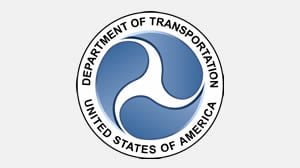RSS feed source: Federal Emergency Management Agency
FRANKFORT, Ky. –The Disaster Recovery Centers in Russell and Trigg counties are scheduled to close permanently this weekend. However, Kentucky survivors who experienced loss as the result of the tornadoes of May 16-17 can still apply for FEMA assistance.
The Disaster Recovery Center in Russell County will close permanently Friday, June 27, at 7 p.m. The center in Trigg County will close permanently Saturday, June 28. Both centers will be open during their regular working hours,
9 a.m. To 7 p.m., until their final closure.
The Disaster Recovery Center in Russell County is located at:
Russell County Courthouse
410 Monument Square
Jamestown, KY 42629
The Disaster Recover in Trigg County is located at:
Trigg Emergency Operation Center
39 Jefferson St.
Cadiz, KY 42211
Disaster Recovery Centers are one-stop shops where you can get information and advice on available assistance from state, federal and community organizations. You can get help to apply for FEMA assistance, learn the status of your FEMA application, understand the letters you get from FEMA and get referrals to agencies that may offer other assistance. The U.S. Small Business Administration representatives and resources from the Commonwealth are also available at the Disaster Recovery Centers to assist you.
FEMA is encouraging Kentuckians affected by the May tornadoes to apply for federal disaster assistance as soon as possible. The deadline to apply is July 23.
Although the Russell and Trigg County DRCs are closing, you can
Click this link to continue reading the article on the source website.


